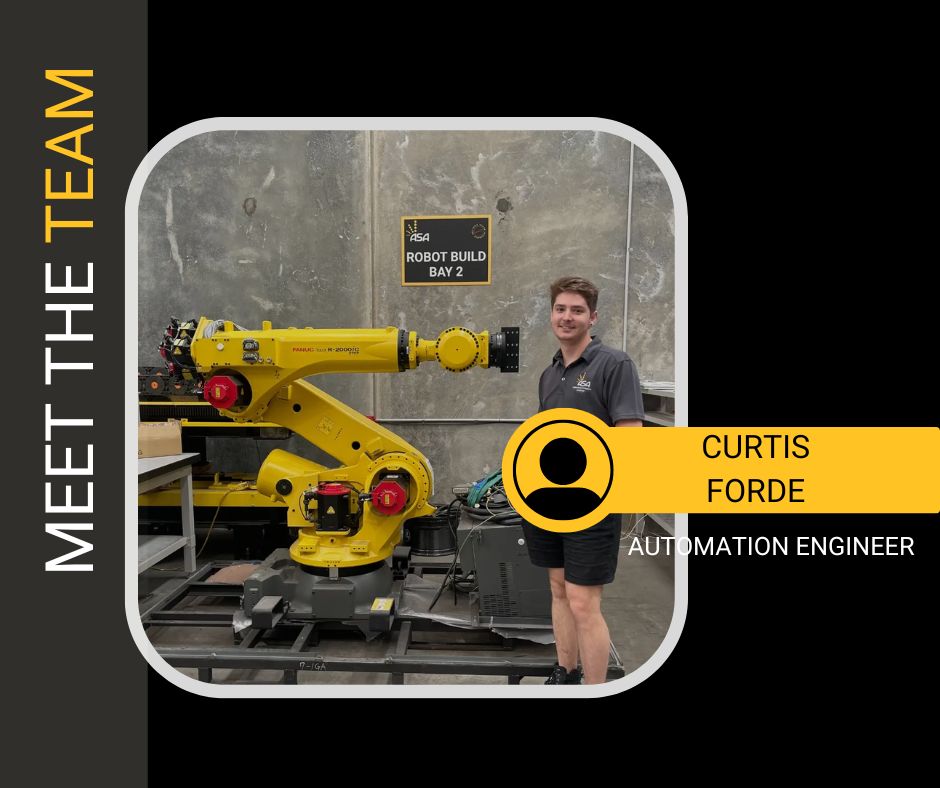In the heart of manufacturing today, robotic arms are challenging the norms of production, mixing precision, safety and efficiency in ways that were once unimaginable. These amazing machines, commonly called robot arms, have become indispensable in the global manufacturing industry, driven by the urgent necessity to cut operating costs while maintaining the highest standards of quality. Robotic arms are now integrated into production lines to lower costs and increase security. We’ll investigate how these groundbreaking machines can transform the way that industrial processes operate.
Image credit: automatedsolutions.com.au
The driving force behind the worldwide increase in robotic arm usage is cost-efficiency. Factories face relentless pressure to minimize production errors, decrease the amount of waste and reduce incident rates in the workplace. Robotic arms address these issues head-on. Robot arms eliminate costly mistakes and decrease the amount of raw materials through performing repetitive tasks more accurately than humans. In industries with high volumes, such as automotive manufacturing, robots ensure flawless assembly by performing precise welding and parts placement. This accuracy results in substantial savings, as less defects mean less rework, waste and rework.
Safety is a second cornerstone to the advancement of robotic arms. Many manufacturing tasks like working with hazardous materials or employing heavy machinery can be dangerous for humans. Robots can help companies get their workers out of dangerous working environments and minimize accidents at work. Robotic arms are made up of a series of movable joints which mimic the human arm’s functions. They can however operate without the risk of injuries. Equipped with programmable end effectors essentially robotic hands the machines can be used for tasks such as grasping, spinning or welding in environments that would be unsafe for human beings.
The versatility of robotic arms makes them a game-changer across diverse industries. From automotive assembly to electronic production, robot arms can be adapted to a range of tasks. The programming capabilities of these robotic arms allows them to execute complicated tasks such as painting or applying fiberglass with an unmatched level of consistency. In warehousing, robotic arms have changed palletizing by automating the process of loading products onto pallets with precision and speed. The automation does not just boost efficiency but also ensures security, as robot arms can run for a long time without fatigue.
The rise of cobots (collaborative robots) which work in conjunction with human employees is among of the most exciting developments in this area. Cobots, which are equipped with a robotic arm, are able to communicate with humans seamlessly unlike industrial robots which are usually confined to cells. Cobots equipped with robotic arms can be used to complete routine or heavy lifting tasks in a factory which allows human workers to concentrate on more complex responsibilities. The cobots will slow down or alter their movements whenever they notice a worker nearby.
The impact of robotic arms extends beyond safety and efficiency into the very foundation of modern manufacturing. They are indispensable for industries that require extreme precision in processes such as welding, assembly or material handling. For instance, is able to rotate and move components during assembly in the automotive industry, making sure that they are aligned perfectly with no human involvement. Robot arms are also employed in electronics to take care of delicate components. This reduces damage, and enhances output quality.
Robotic arms are predicted to grow in importance as industries grow. Because they are able to cut costs, improve safety and adjust to various tasks robots are the core of the future of manufacturing. Robot arms, which blend cutting-edge technologies with human creativity they are not just tools as much as they are partners in progress. They fuel forward the pace of innovation and change how the world is constructed.

